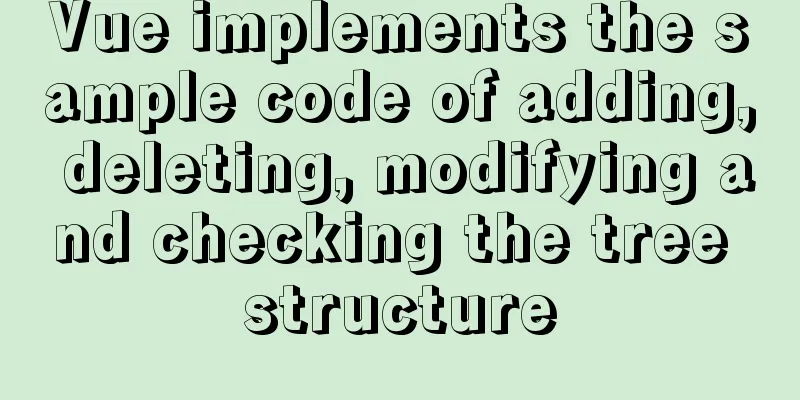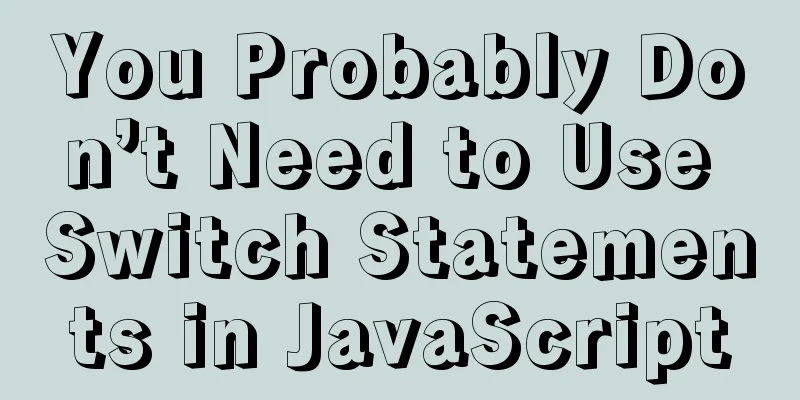JavaScript CollectGarbage Function Example

|
First, let's look at an example of memory release: <SCRIPT LANGUAGE="JavaScript">
<!--
strTest = "1";
for ( var i = 0; i < 25; i ++ )
{
strTest += strTest;
}
alert(strTest);
delete strTest;
CollectGarbage();
//-->
</SCRIPT>
CollectGarbage is a unique property of IE, which is used to release memory. The usage should be to set the variable or reference object to null or delete, and then release it. Before doing CollectGarbage, two necessary conditions must be clear: - An object becomes invalid outside of the context in which it lives. //---------------------------------------------------------
// When does the JavaScript object become invalid//---------------------------------------------------------
function testObject() {
var _obj1 = new Object();
}
function testObject2() {
var _obj2 = new Object();
return _obj2;
}
// Example 1
testObject();
// Example 2
testObject2()
// Example 3
var obj3 = testObject2();
obj3 = null;
// Example 4
var obj4 = testObject2();
var arr = [obj4];
obj3 = null;
arr = [];In these four examples: - "Example 1" constructs _obj1 in the function testObject(), but when the function exits, - In "Example 2", an object _obj2 is also constructed and passed out in testObject2(), so the object has a context environment (and life cycle) "outside the function". However, since the return value of the function is not "held" by other variables, _obj2 is immediately invalidated; - In "Example 3", _obj2 constructed by testObject2() is used by the external variable obj3. - For the same reason as in Example 3, _obj2 in Example 4 becomes invalid after the line "arr = []". However, the "invalidation" of an object does not mean it will be "released". Inside the JavaScript runtime, there is no way to tell the user exactly when an object will be released. This relies on JavaScript In the previous Excel operation sample code, the owner of the object, that is, the process "EXCEL.EXE", can only occur after the "ActiveX Object instance is released". The file lock and operating system permission credentials are related to the process. So if the object is only "invalidated" instead of "released", ——Some people say this is a bug in JavaScript or COM mechanism. Actually, it is not. This is OS and IE. Microsoft has disclosed a strategy to solve this problem: proactively calling the memory recycling process. In (Microsoft's) JScript, a CollectGarbage() procedure (usually referred to as the GC procedure) is provided. The code to call the GC process in the above example is: //---------------------------------------------------------
// When processing ActiveX Object, the standard calling method of GC process //---------------------------------------------------------
function writeXLS() {
//(slightly...)
excel.Quit();
excel = null;
setTimeout(CollectGarbage, 1);
} The first line of code calls the excel.Quit() method to terminate the excel process and exit. The second line of code makes excel null to clear the object reference, thus making the object "invalid". However, since the object is still in the function context, if the GC process is called directly, the object will still not be cleaned up. The third line of code uses setTimeout() to call the CollectGarbage function, and the time interval is set to '1', which only makes the GC process occur after the writeXLS() function is executed. In this way, the Excel object satisfies the requirement of "being The use of the GC process is very effective in the JS environment using ActiveX Object. Some potential ActiveX In fact, even with the GC process, the excel problem mentioned above will still not be completely solved. Because IE also caches the permission credentials. The only way to update the page's credentials is to "switch to a new page". //---------------------------------------------------------
//Page switching code used when processing ActiveX Object//---------------------------------------------------------
function writeXLS() {
//(slightly...)
excel.Quit();
excel = null;
// The following code is used to solve a BUG in IE call Excel, the method provided in MSDN:
// setTimeout(CollectGarbage, 1);
// Since the trusted state of the web page cannot be cleared (or synchronized), methods such as SaveAs() will be invalid the next time they are called.
location.reload();
}The delete operator is described in the manual References Removes a property from an object, or an element from an array. delete expression The expression parameter is a valid JScript expression, usually a property name or array element. illustrate If the result of expression is an object, and the attribute specified in expression exists, and the object does not allow it to be deleted, then false is returned. In all other cases, return true. Finally, a supplementary note about GC: when the IE window is minimized, IE will actively call the CollectGarbage() function once. This will significantly improve memory usage after the IE window is minimized. This is the end of this article about the detailed case of JavaScript CollectGarbage function. For more relevant js CollectGarbage function content, please search 123WORDPRESS.COM's previous articles or continue to browse the following related articles. I hope everyone will support 123WORDPRESS.COM in the future! You may also be interested in:
|
<<: Linux system MySQL8.0.19 quick installation and configuration tutorial diagram
>>: Summary of Linux Logical Volume Management (LVM) usage
Recommend
IDEA2021 tomcat10 servlet newer version pitfalls
Because the version I used when I was learning wa...
H tags should be used reasonably in web page production
HTML tags have special tags to handle the title of...
JS implements WeChat's "shit bombing" function
Hello everyone, I am Qiufeng. Recently, WeChat ha...
WeChat applet implements a simple calculator
WeChat applet's simple calculator is for your...
Tomcat security specifications (tomcat security reinforcement and specifications)
tomcat is an open source web server. The web base...
React implements a general skeleton screen component example
Table of contents What is a skeleton screen? Demo...
Q&A: Differences between XML and HTML
Q: I don’t know what is the difference between xml...
Teach you how to deploy Vue project with Docker
1.Write in front: As a lightweight virtualization...
JS implements a simple brick-breaking pinball game
This article shares the specific code of JS to im...
Detailed steps to install MySQL 5.6 X64 version under Linux
environment: 1. CentOS6.5 X64 2.mysql-5.6.34-linu...
Using CSS3 and JavaScript to develop web color picker example code
The web color picker function in this example use...
Recommended plugins and usage examples for vue unit testing
Table of contents frame First-class error reporti...
Install multiple versions of PHP for Nginx on Linux
When we install and configure the server LNPM env...
How to find slow SQL statements in MySQL
How to find slow SQL statements in MySQL? This ma...
How to make your own native JavaScript router
Table of contents Preface Introduction JavaScript...









